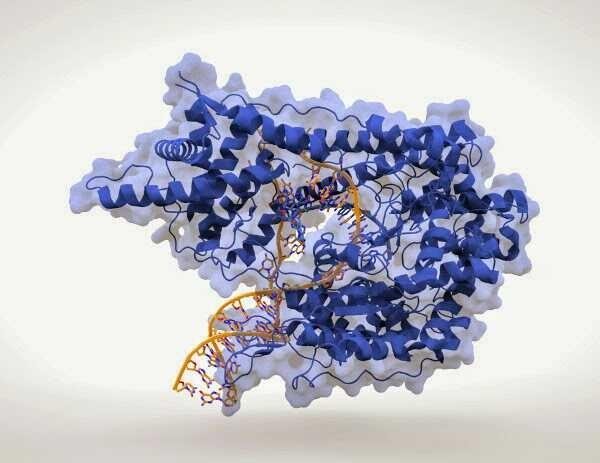Discovered 'Foreign' Genes In Humans And Animals
The scientists' analysis this time is quite surprising, they claim some animals even including humans, have strange genes or 'foreign' genes.
This gene is thought to exist and develop in microorganisms that once lived in ancient times. According to scientists that this analysis may be far from the true view of HGT in animals, and direct HGT between complex multicellular organisms also makes sense, this process is already commonly known in parasitic relationships.
This study is quite clear, where scientists publish an analysis in the journal Genome Biology.
This analysis challenges the conventional view that animal evolution relies only on genes inherited through the ancestral path.
But here exactly shows, that at least the process is still going on in some lineage.
#Study of HGT, Findings of Dozens of Foreign Genes
This study has a more general potential impact on Genomic Sequencing, the genome project often issuing a bacterial sequence from the assumptions that suggest contamination.
While contamination analysis is indispensable, it should not ignore the potential sequence of bacteria into the original part of the animal genome derived from HGT.
According to the analysis, gene transfer between organisms living in the same environment is known as horizontal gene transfer or HGT (Horizontal Gene Transfer).
This situation is known in single-celled organisms and is considered an important process that explains how quickly bacteria develop, eg resistance to antibiotics.
 
In this case, scientists argue that HGT is thought to play an important role in the evolution of some animals, including Nematode worms that have received genes from microorganisms and plants. Neither are some beetles that accept bacterial genes that produce enzymes to digest coffee.
But the idea of HGT occurs in animals and more complex as in humans, rather than simply obtaining genes directly from ancestors where previously this has been debated among scientists.
According to Alastair Crisp of the University of Cambridge-England, this analysis is the first study to show how much horizontal gene transfer occurs in animals, including humans.
So this situation has caused tens or hundreds of 'foreign' genes that are still active. But most strangely, HGT has contributed to evolution, it may even happen to all animals where this process continues.
In other words, scientists may need to re-evaluate how new views of genetic knowledge and that affect evolution.
Scientists studied genomes obtained from 12 Drosophila species or fruit flies, four species of Nematode worms and 10 primate species including humans.
They calculated how far the genes aligned with the same genes (in other species) to estimate how likely they were to turn into 'foreign' genes early in development.
By comparing with other groups in species, scientists estimate how long a gene might have been obtained. Some of these genes include the ABO blood group gene, confirmed to have been acquired by vertebrates via HGT.
Most of the other genes are related to the enzymes involved in metabolism.
Evidence in humans confirmed 17 previously recorded genes from HGT, and identified 128 additional foreign genes in the previously unrecorded human genome.
Several genes are thought to be involved in lipid metabolism, including fatty acid breakers and Glycolipid formation.
Others are related to immune responses including inflammatory responses, immune cells and antimicrobials. Further gene categories include amino acid metabolism, protein and antioxidant activity modification.
The team of scientists identifies the possible class of genetic organ transfers.
Among bacteria and protists, another class of microorganisms is the most common donor in all species that have been studied.
They also identified HGT in a virus that is thought to have spread more than 50 foreign genes in primates.
Several genes were identified as coming from fungi, suggesting earlier studies focused only on bacteria as a source of HGT.
Where originally scientists rejected the idea that this gene is 'foreign'.
The majority of HGT is found in ancient primates, this is sometimes the case between the ancestors of Chordata and the ancestors of primates.
Very nice information! We are not special or distinct from other living creature of this world. We are the part of the nature and nature comprises a part of us. It is amazing to know that our genes have some parts of virus, bacteria and fungi genes. This binds us with the nature and gets us out of our superior complexity.